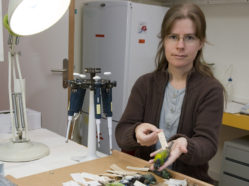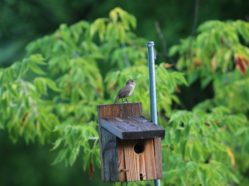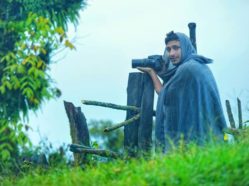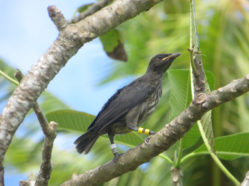Taking the Next Steps in R
I have co-taught a workshop on R at every AOS meeting since Oklahoma in 2015. The exact content has changed based on participant feedback, but the goal has remained the same: to help those who have some R experience already gain new skills that we feel are valuable to most ecologists who are working with data in R as apart of their scientific work.




